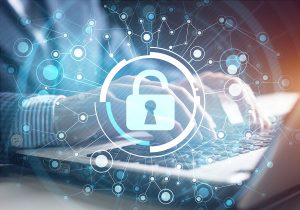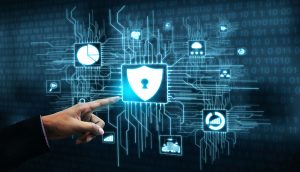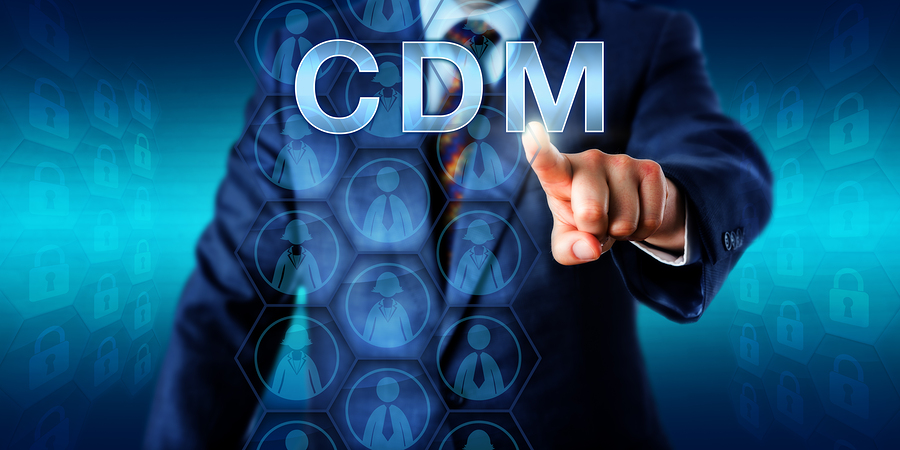 With a number of high-profile security hacks involving widely used software, government agencies are retraining their focus on their organization's security measures and those of the vendors and service providers that work with them. This shift in focus was actually on the rise before the recent hacks in anticipation of cyberattacks just like the ones we've recently seen.
With a number of high-profile security hacks involving widely used software, government agencies are retraining their focus on their organization's security measures and those of the vendors and service providers that work with them. This shift in focus was actually on the rise before the recent hacks in anticipation of cyberattacks just like the ones we've recently seen.
In January of 2020, the Defense Department implemented the Cybersecurity Maturity Model Certification (CMMC), a unified standard for implementing cybersecurity across the defense industrial base (DIB), which includes over 300,000 companies in the supply chain. Contractors have always been held responsible for implementing and documenting their IT systems' security that touch sensitive government data. Under CMMC, this continues, but adds the need for a third party to assess the contractor's compliance.



 With the closing of the decade, we thought it would be interesting to look back at the top technology headlines of 2009 and compare them to where the market is today.
With the closing of the decade, we thought it would be interesting to look back at the top technology headlines of 2009 and compare them to where the market is today. The Department of Homeland Security's
The Department of Homeland Security's  In October, ghosts and goblins come to life as decorations on front lawns and as candy-seeking children knocking on our doors. But stepping away from the frivolity of Halloween, October has also become a time for us to reflect on the real threats we face year-round when it comes to our data, identity privacy and online security.
In October, ghosts and goblins come to life as decorations on front lawns and as candy-seeking children knocking on our doors. But stepping away from the frivolity of Halloween, October has also become a time for us to reflect on the real threats we face year-round when it comes to our data, identity privacy and online security.

